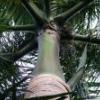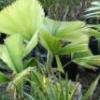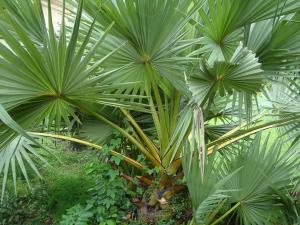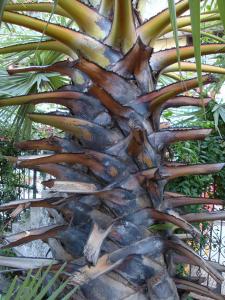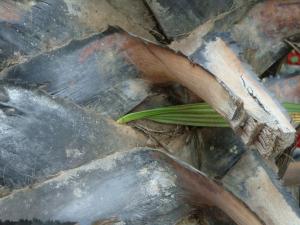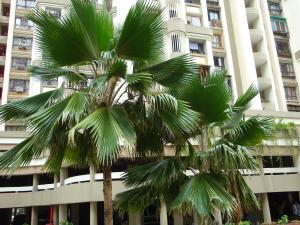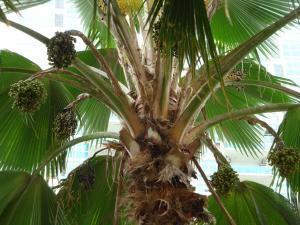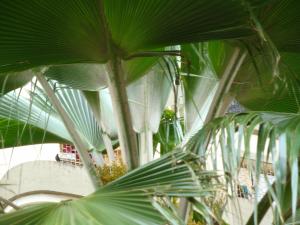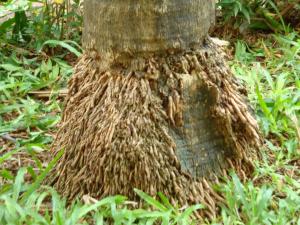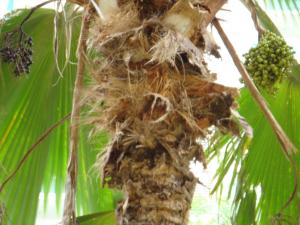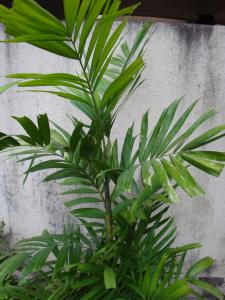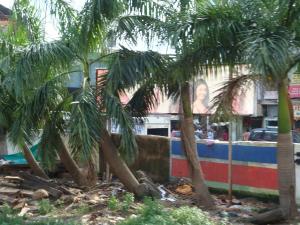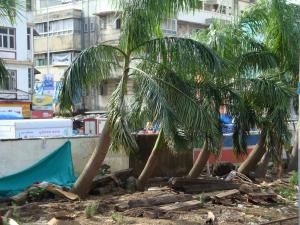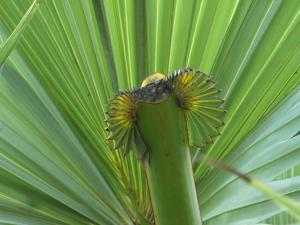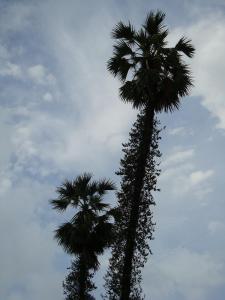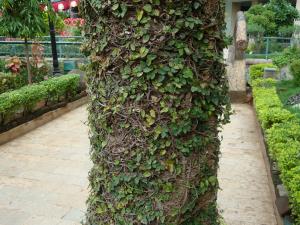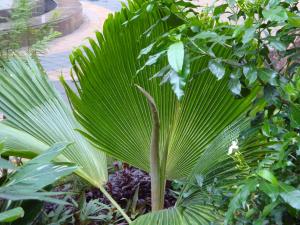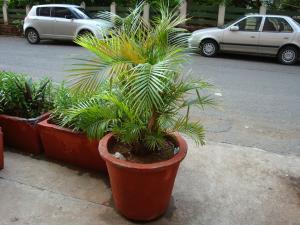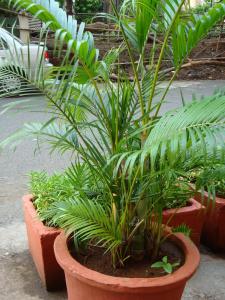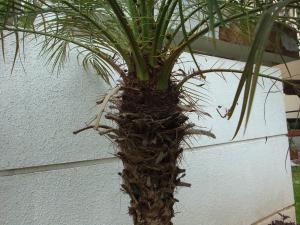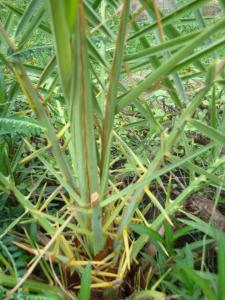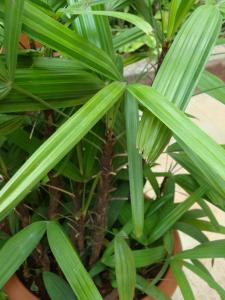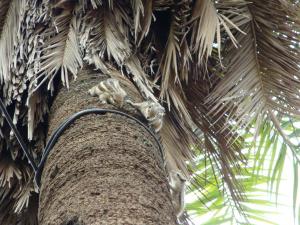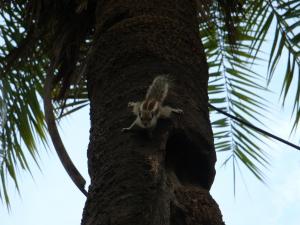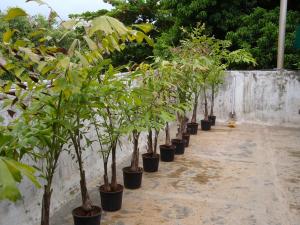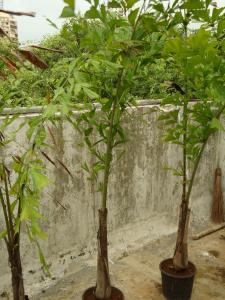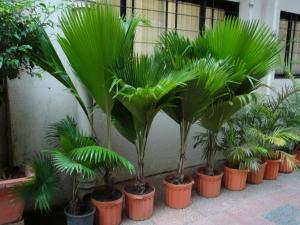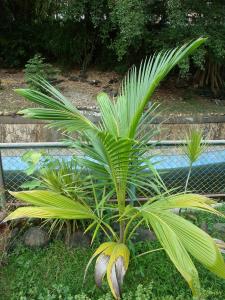Leaderboard
Popular Content
Showing content with the highest reputation on 06/23/2010 in all areas
-
10. As usual, ever so often I spot a mutant Borassus flabellifer, with all the characteristic trademarks (massive crown, persistent leaf bases, ultra-thick stem) (juvenile on the right, closely resembling a bismarck) Detail of the stem. These leaf bases while having protective uses, can be a problem - they allow all sorts of insects to thrive and other plants to take root. Here, a P. sylvestris has germinated. 11. A pair of L. Rotundifolia, heavily laden with fruit. The emerging leaf is nearly white. Detail of the stem and the base a juvenile, in a strong breeze. 12. A variety of Areca, but I am certain this is not the common A. catechu 13. Leaning Royals - I had mentioned these earlier in a thread on leaning coconuts - they display surprising tenacity and seem to be no worse for their displacement other than a curiously curved stem. 14. B. flabellifer covered with creeping fig (Ficus pumila). This pretty, seemingly-delicate looking vine can over time severely damage the stem of palms, especially once the adult foliage starts. 15. And finally, a few curiosities... Leaf deformities in borassus ...and a crooked emergent spear in a juvenile fan palm of indeterminate origin I hope you all like these as m,uch as I did. I will also be posting photographs of some non-palms in the tropical plants forum.2 points
-
It's surprising how many different types of palms lurk in the concrete jungles of Bombay, perhaps more than the real jungles! Here is what I uncovered over the weekend - 1. This is the dwarf variety of D. lutescens that are very popular over here, rarely growing beyond four feet in height and with miniature leaves and stems (I suspect the one on the right is the regular variety). Also, a close up of the branching stems. 2. A beautiful solitary pygmy date palm (Phoenix roebelenii). At five feet, the plant is already mature; the leaflets are as soft as R. regia and pose no danger of injury. 3. Compare the pygmy date with a young P. sylvestris sapling. though still in the ground, its emerging crown is already larger and the wicked yellow spines are easily capable of inflicting severe pain. 4. A trio of adult P. sylvestris, probably very old (>50 years), ironically in the centre of a children's playground. The locals step out for a view, along the battered stem. Note the deceptively weak ficus (religiosa) growing on the stem, beneath the canopy 5. Hyophorbe lagenicaulis, yet to reveal a stem. 6. Rhapsis Excelsia, still very young, and the slender stem is visible. 7. Some exquisite young coconuts in varying stages of growth, appearing to be quite hardy. 8. Some very healthy potted Caryota urens, though some are showing signs of mineral deficiency. 9. A line of what seem to be Trachycarpus fortunei ? Or am I mistaken ? (continued in the next post)1 point
-
The "trachycarpus", "livistonia" and "palm of indeterminate origin" seem to all be Pritchardia, likely pacifica. Wonderful pictures though. India has some interesting palms, I really like the Borassus pics1 point
-
Beautiful palms & great visuals... And the palm stated as http://www.rarepalms...op/LivRot.shtml looks more to me like a Pritchardia But i can be wrong ! As most of the Livistona's have dark coloured spines in their leaf fronds.And leaves are more dark green in colour and are more round in shape. Thanks & Love, kris1 point
-
They are faster than a Sabal palm after they get established in my opinion. Of course it depends on the soil and location as to how fast they will grow so in some places sabals might be faster but here alba's seem faster. I have some in a pot and one in the ground and after the one in the ground got established it grew pretty fast for a Copernicia. As per the cool hardiness I'm not sure sorry. This palm is bigger now and seeding I have some a little bigger than this one that has been a pot as long as the one in the ground. They seem to nothing in a pot to me.1 point
-
1 point

